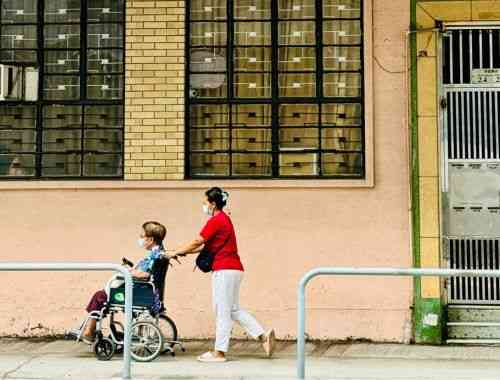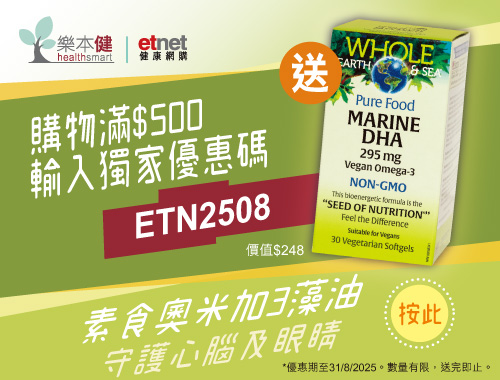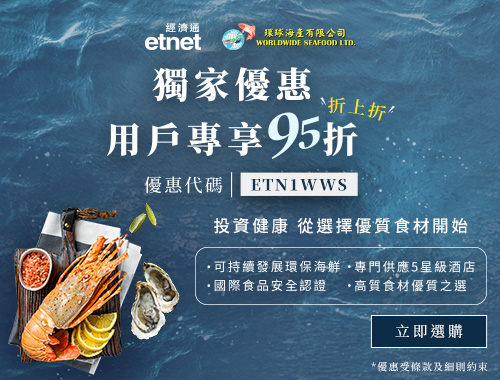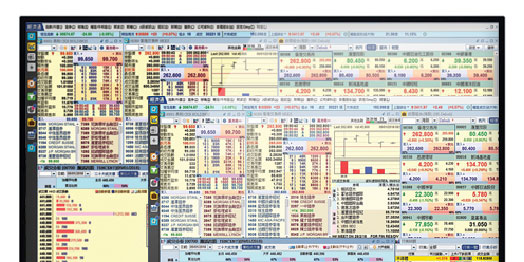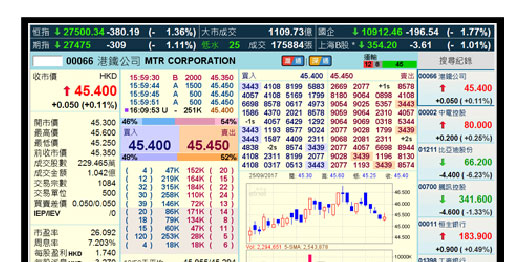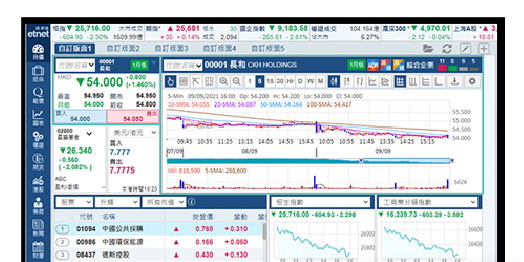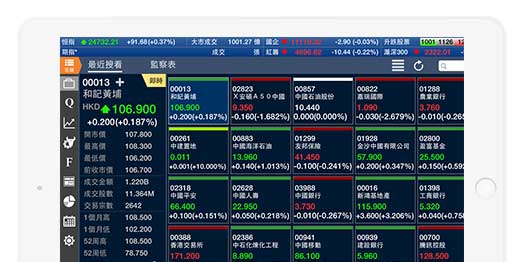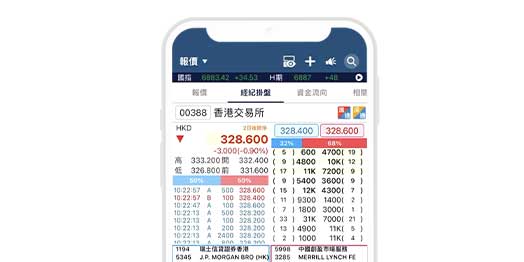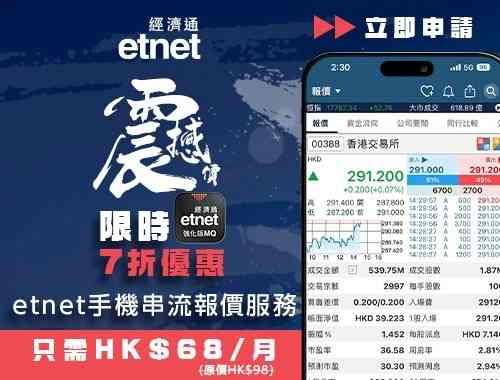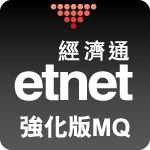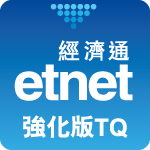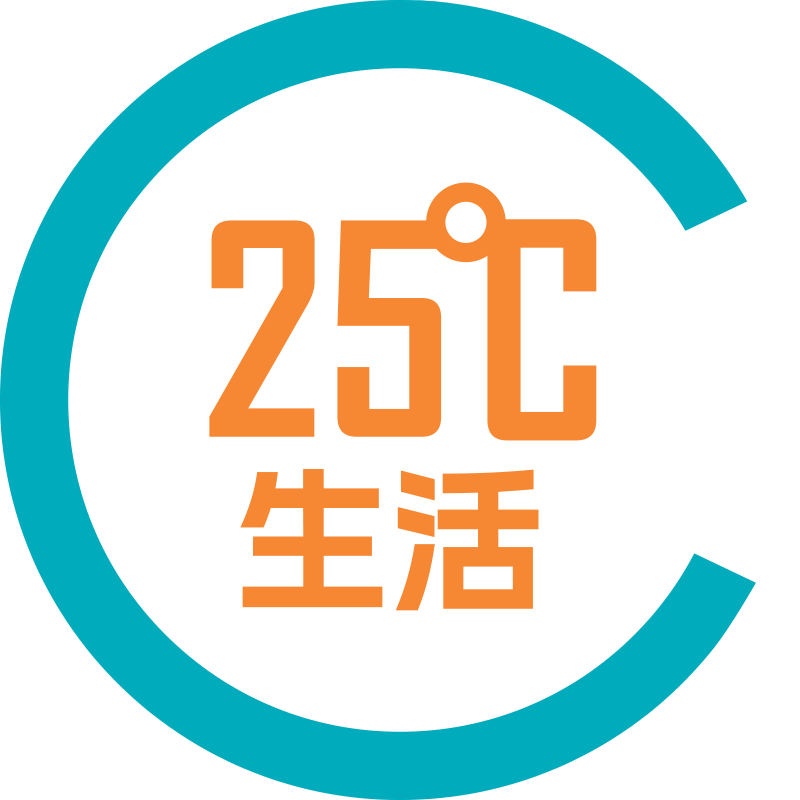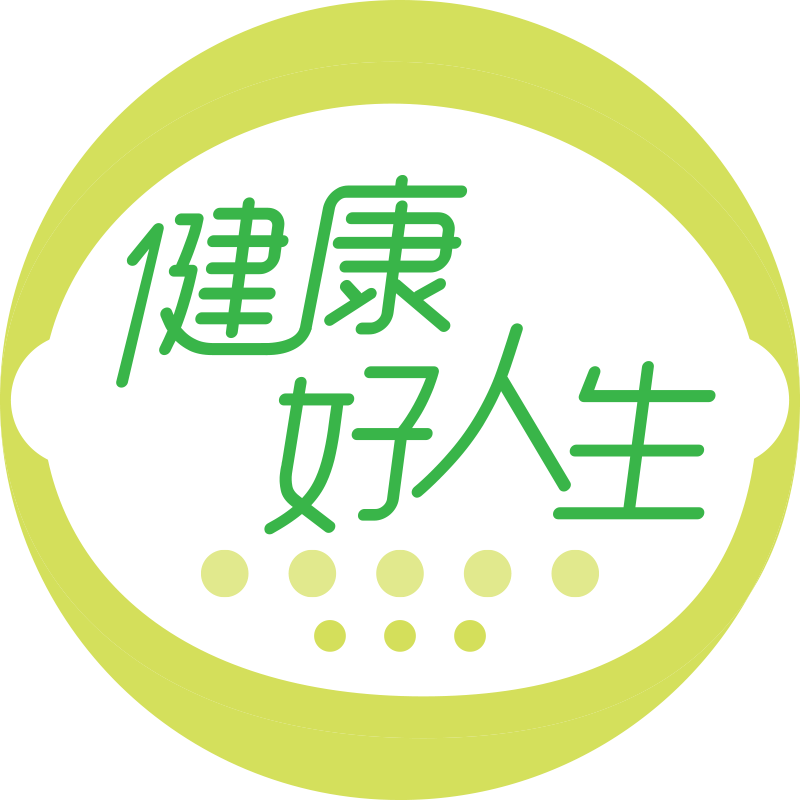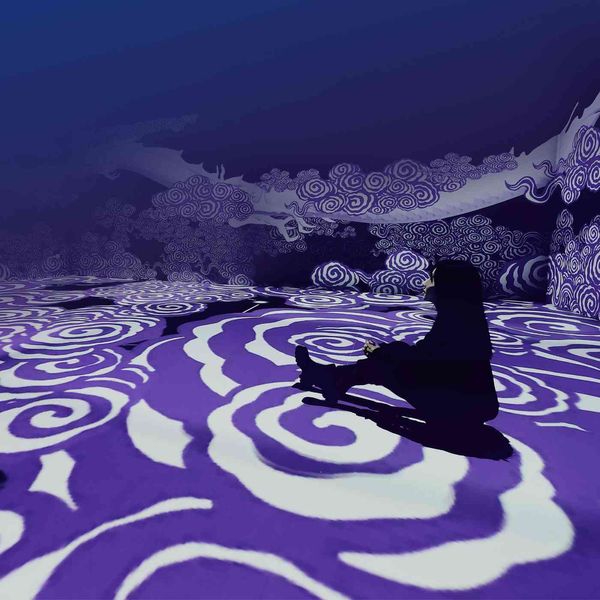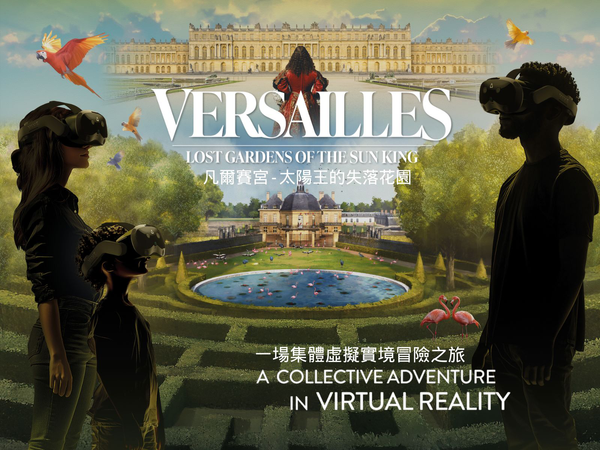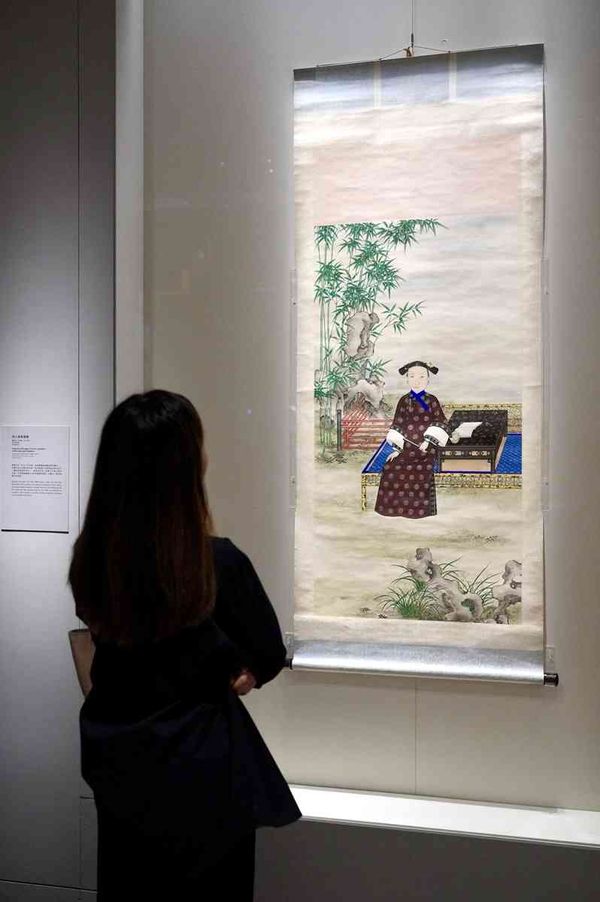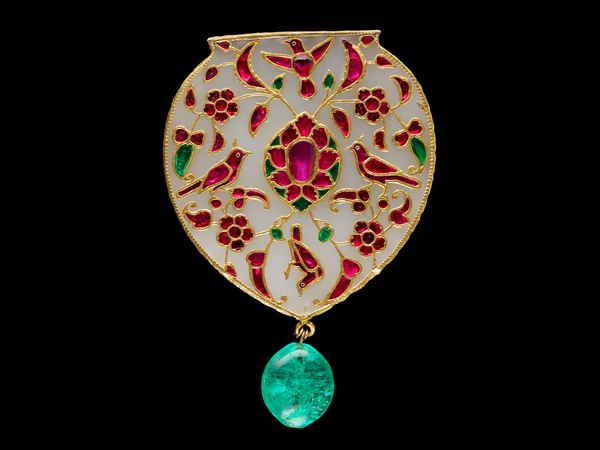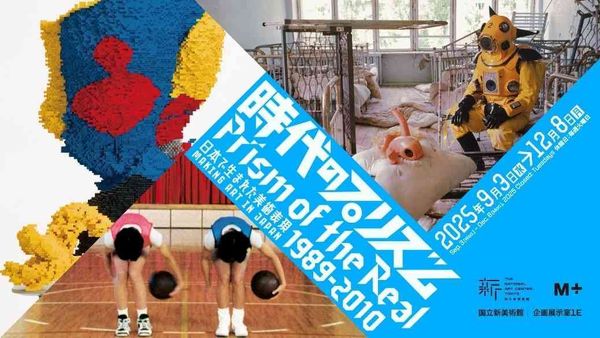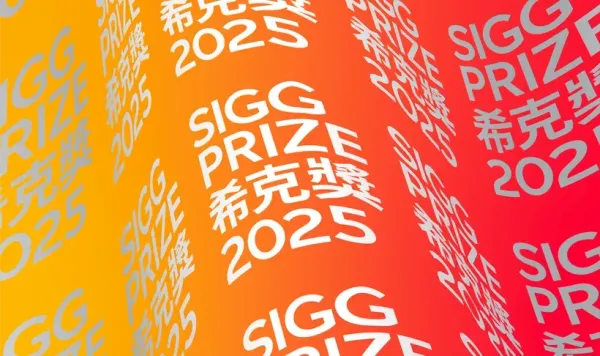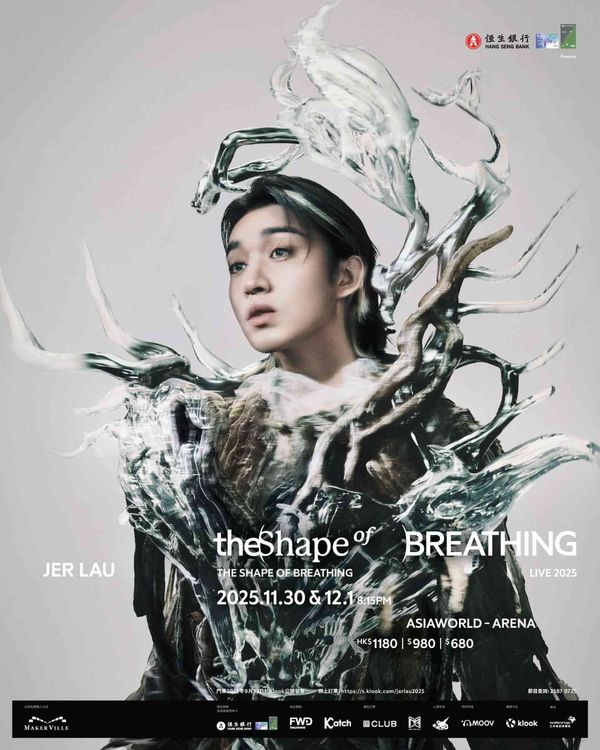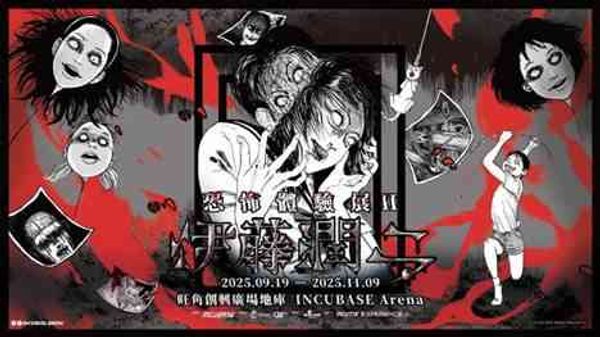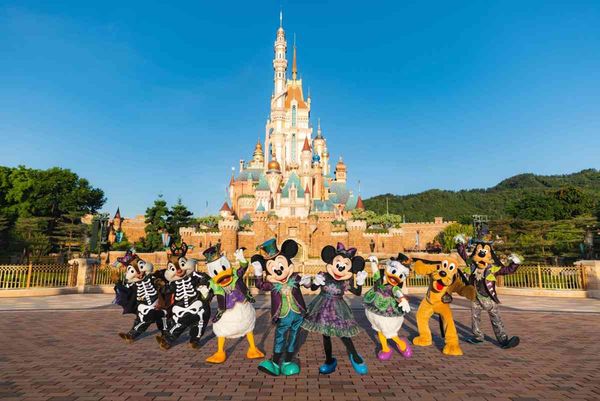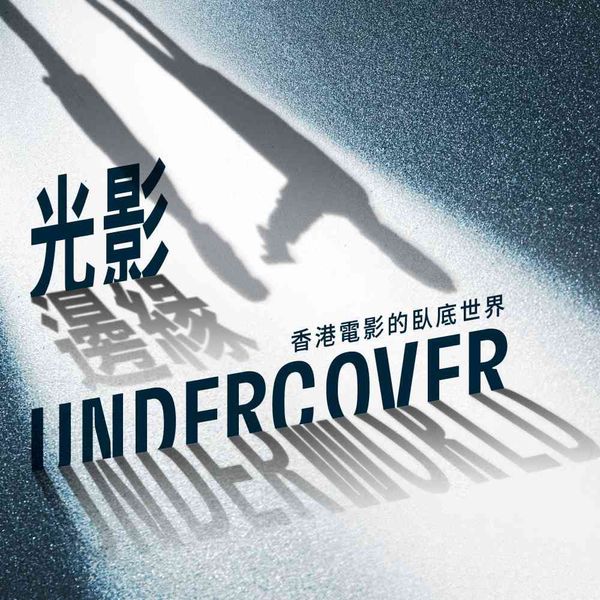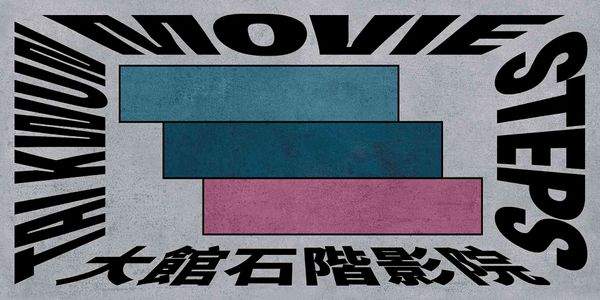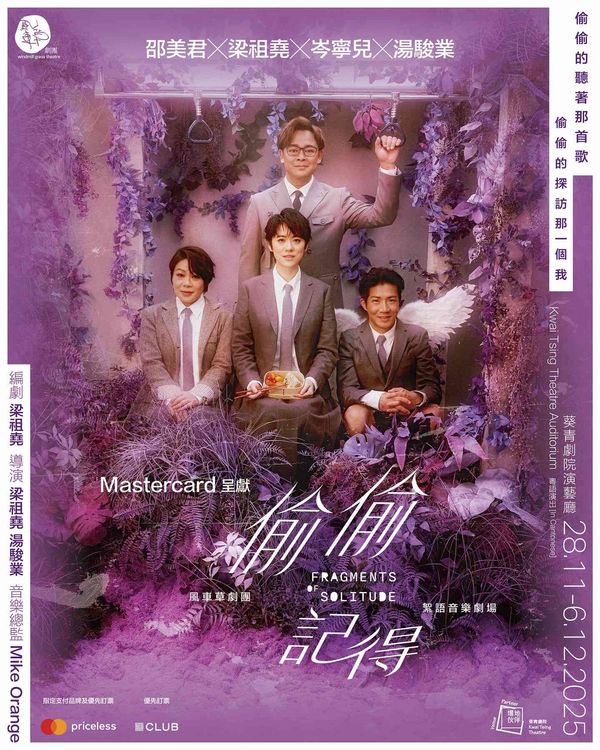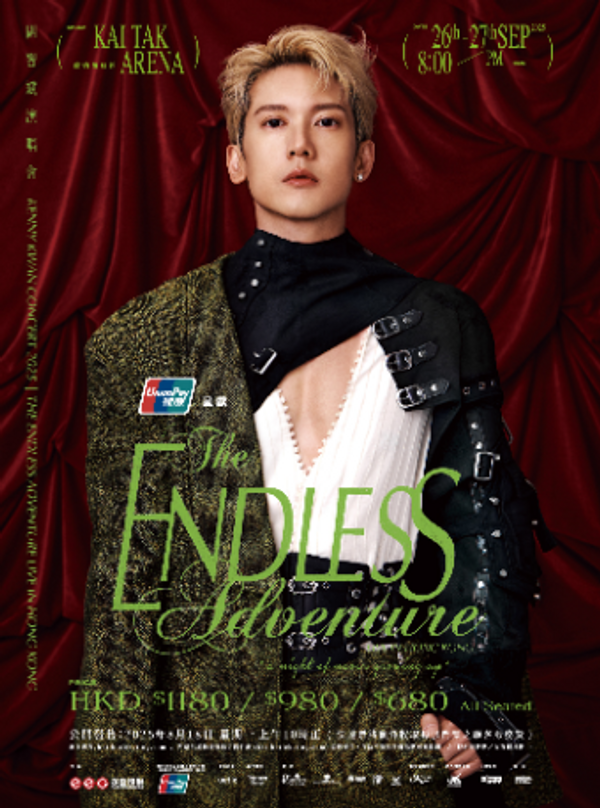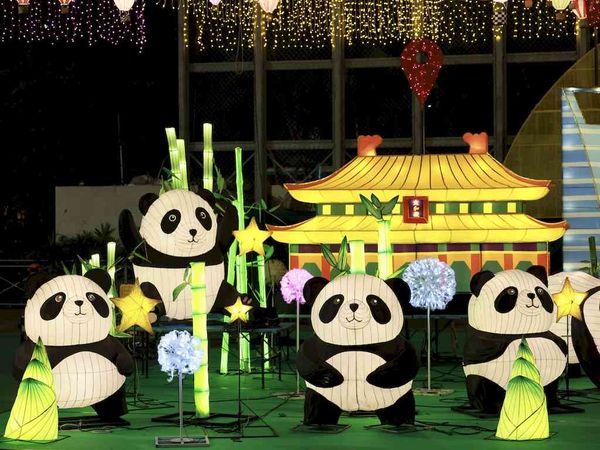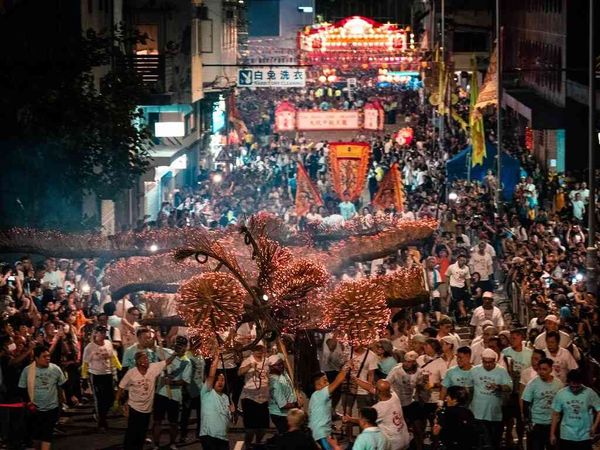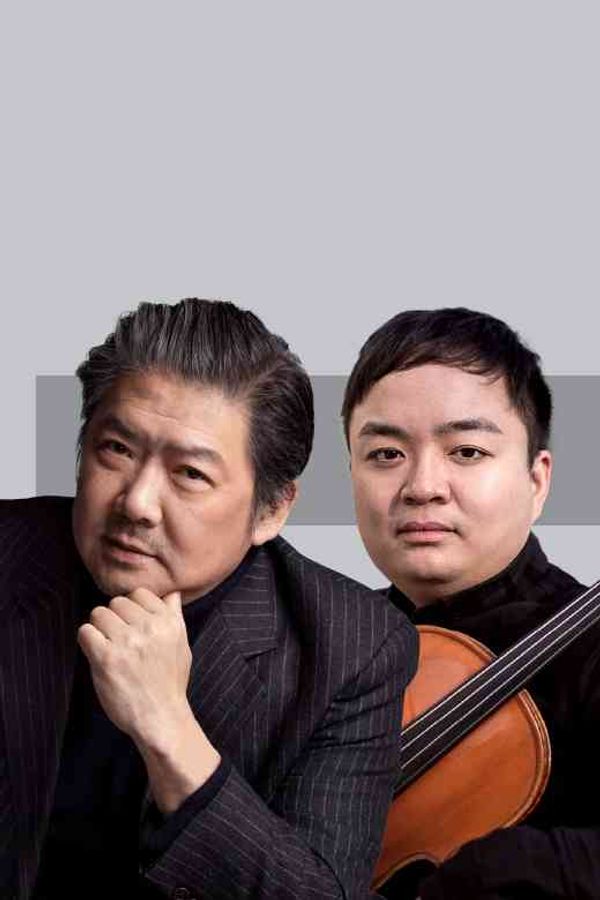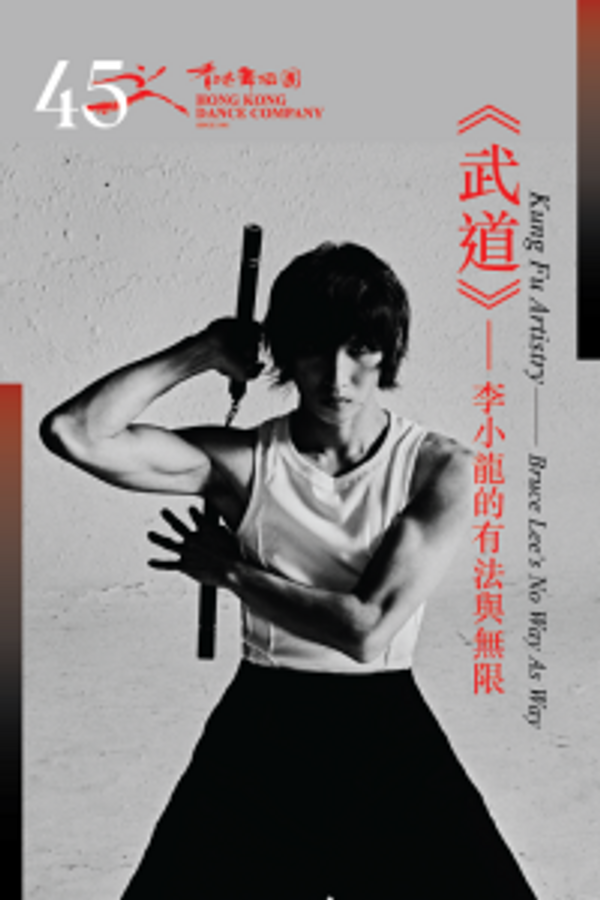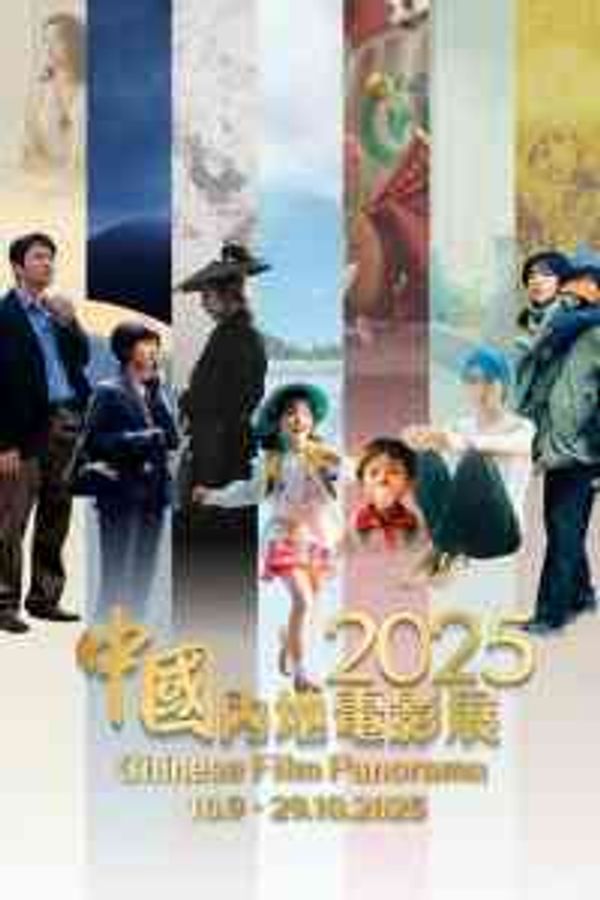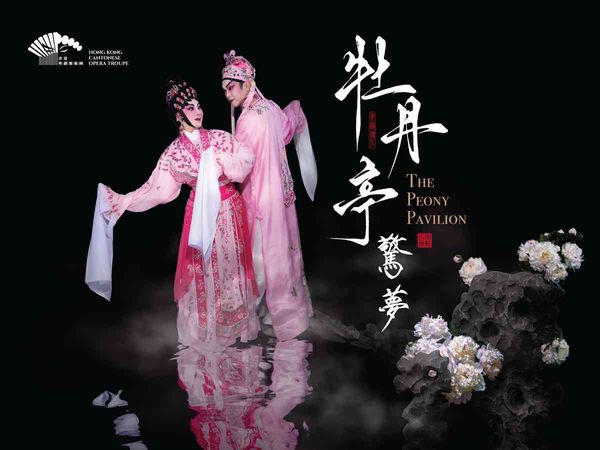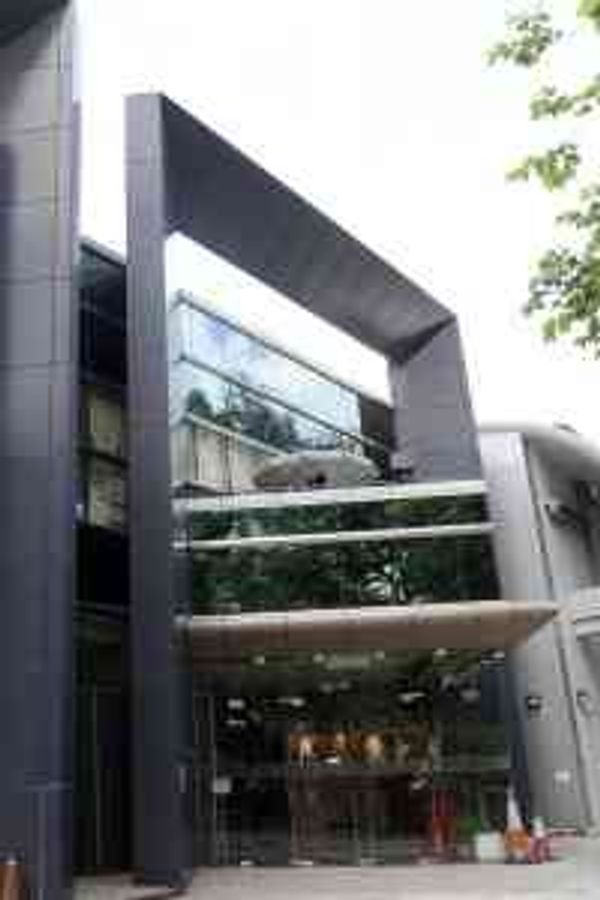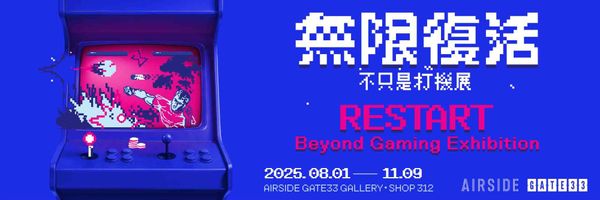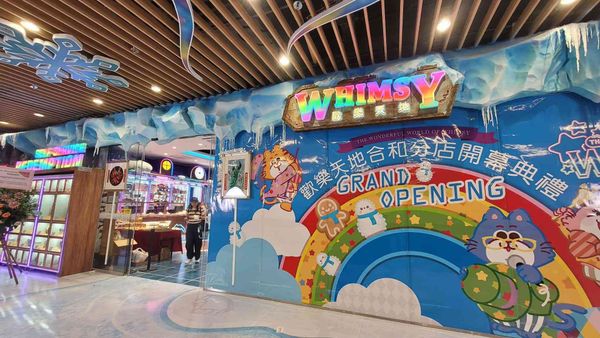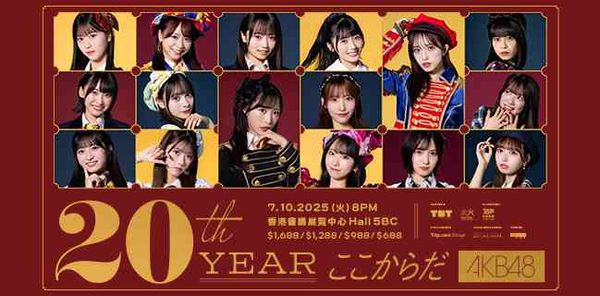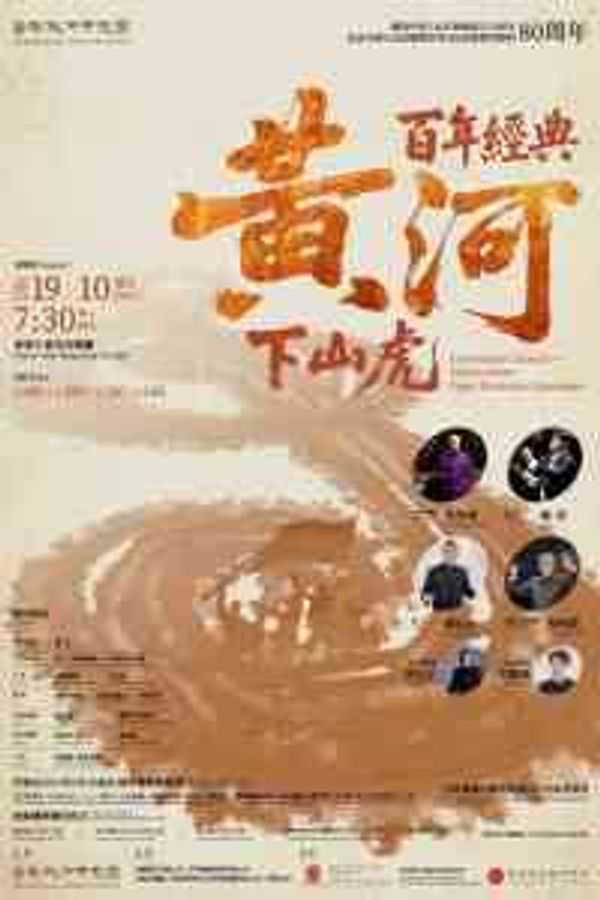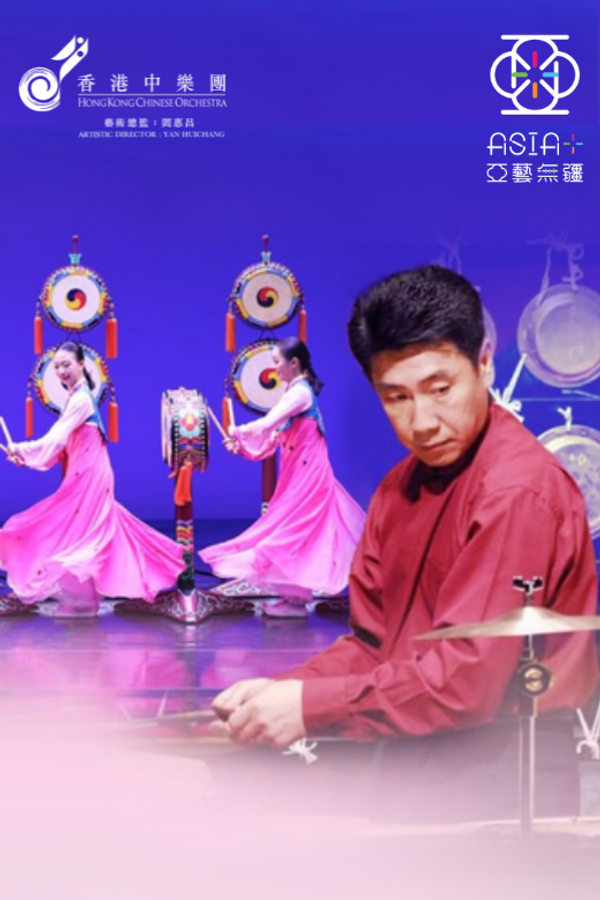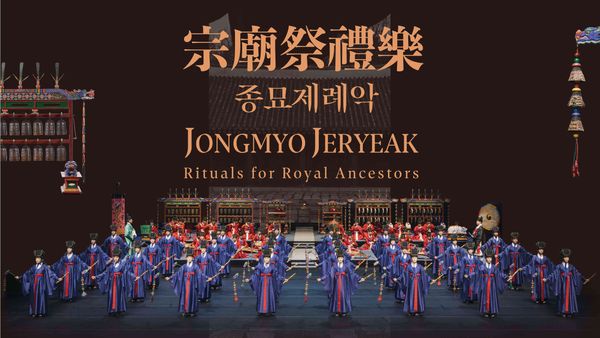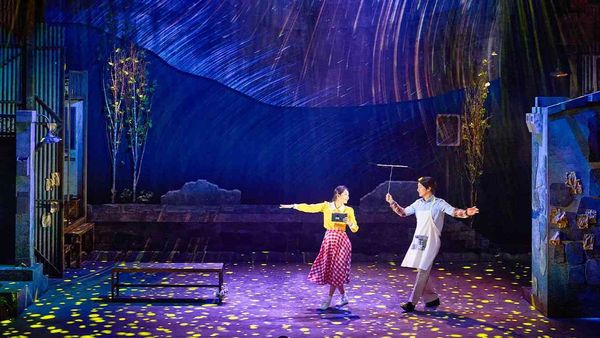This page has been idle for a while. To make sure you don’t miss out on the latest content, please reload the page.Refresh
Hong Kong Palace Museum | Special Exhibition: 'The Splendour of Islamic Art: Masterpieces from the Doha Collection'































Description
The Hong Kong Palace Museum (HKPM) and the Museum of Islamic Art, Doha, under Qatar Museums, today unveiled a new special exhibition, 'The Splendour of Islamic Art: Masterpieces from the Doha Collection' (the Exhibition). Opening to the public from 18 June to 6 October 2025, the Exhibition is Hong Kong’s first exhibition focusing on Islamic art, showcasing the extraordinary artistry and craftsmanship of the Safavid (1501–1736), Mughal (1526–1857) and Ottoman (1299–1923) dynasties, as well as the profound connections between Islamic and Chinese cultures. Co-organised by HKPM and the Museum of Islamic Art, Doha, the Exhibition features 90 precious artefacts, including carpets, ceramics, metalwork, manuscripts and jade. The artefacts are mainly from the Museum of Islamic Art, Doha’s important collection, with additional treasures from the Palace Museum in Beijing and HKPM. The Islamic Community Fund of Hong Kong is the community partner of the Exhibition.
The opening ceremony was held at HKPM today, with officiating guests including Dr Louis Ng Chi-wa, Chairman of the Board of HKPM; Sheikha Noora Khalifa Al-Thani, Consul General of Qatar in Hong Kong; Shaika Nasser Al-Nassr, Director of the Museum of Islamic Art, Doha; Saeed Uddin, Chairman of the Islamic Community Fund of Hong Kong; Adele Tang, Chief Executive Officer of the West Kowloon Cultural District Authority; and Dr Wong Chi-wa, Director of HKPM.
'HKPM is dedicated to promoting dialogue between different civilisations around the world. We will present three special exhibitions in the second half of this year, showcasing world civilisations and consolidating the Museum’s role as a cultural exchange platform. Among them, the Exhibition will review the artistic and cultural exchanges between China and the Islamic world over the centuries and the spirit of connectivity that has been established. We hope that the Exhibition will inspire visitors from around the world to embark on this journey of mutual learning and appreciation,' said Dr Louis Ng Chi-wa, Chairman of the Board of HKPM.
'We are honoured to collaborate with HKPM to present the Museum of Islamic Art, Doha’s precious treasures in this vibrant cultural hub. The Exhibition not only showcases the exceptional craftsmanship of Islamic art, but also highlights the deep and long-standing cultural exchanges between the Islamic world and China. We look forward to visitors delving into the interweaving of different cultures in art and history, and appreciating their connections across time and space,' said Shaika Nasser Al-Nassr, Director of the Museum of Islamic Art, Doha.
During the inaugural Hong Kong International Cultural Co-operation Forum held by the West Kowloon Cultural District Authority last year, HKPM and Qatar Museums signed a letter of intent for cultural collaboration, and the Exhibition is one of the important outcomes of this collaboration. At the same time, the Exhibition is also a continuation of the Qatar Cultural Year programme, which fosters long-term cultural, social and economic ties between Qatar and its partner countries, and enhances mutual respect and understanding.
Embark on a Journey of Discovery of Islamic Art Treasures: 15 Magnificent Carpets on Display
'Islamic art' generally refers to the religious and secular artworks created by Muslim artists. The Exhibition is divided into four sections, showcasing the artistic achievements of the Safavid, Mughal and Ottoman dynasties, and tracing the cultural exchanges between China and the Islamic world since the 10th century. The Museum of Islamic Art, Doha, is renowned for its collection, and 77 of the 90 artefacts on display are from its collection, many of which are being exhibited outside the museum for the first time.
Carpets are the largest form of expression in Islamic art. The court carpets on display were crafted by highly skilled weavers with royal patronage. Each carpet is made from the finest materials, including silk, pashmina wool, gold and silver threads, and dyed with pigments from around the world. The 15 magnificent carpets on display were produced in Safavid Iran, Mughal India, Ottoman Turkey and China during the 16th to 18th centuries. Highlights include a 450-year-old Safavid 'hunting' carpet presented by a Safavid monarch to the Doge of Venice; a 16-metre-long Hyderabad carpet woven for a sultan’s palace in southern India during the Mughal period; a mandorla prayer rug featuring a pattern of the Prophet’s sandal, along with auspicious Ottoman court motifs; and a floral velvet carpet from the Palace Museum in Beijing, produced in Xinjiang during the reign of the Qianlong Emperor (1736–1795) and designated a first-rank cultural relic of China.
Highlighting the Millennium-long Cultural Exchanges between the Islamic World and China
The Exhibition features a variety of Islamic artefacts, such as bookbindings, miniature paintings, ceramics, metalwork and jade, showcasing the interrelationship between different art forms. Highlights include a Quran, the holy book of Islam, created for the eighth ruler of the Safavid dynasty; a rare folio recording Persian literary masterpieces, such as the Shahnameh (Book of Kings); and an Ottoman marquetry box used to hold gifts and treasures. Artefacts from China and the Islamic world are displayed side by side, illustrating the fascinating interweaving of the two regions: a 13th-century silver-inlaid yellow bronze basin is exhibited with a similar-shaped Qing dynasty blue-and-white porcelain basin produced in Jingdezhen; and a 17th-century Mughal-period decagon bowl with flower-shaped rim, inscribed with a poem by the Qianlong Emperor praising its beauty.
Innovative Learning Activities, Including a Digital Recreation of the Damascus Room and a Flying Carpet AR Experience: A Family-friendly Exhibition
HKPM has digitally recreated the Museum of Islamic Art, Doha’s beloved exhibit, the Damascus Room, offering visitors a glimpse of the refined and luxurious hospitality of Ottoman times. This reception room, recreated through digital means, was originally part of a wealthy home in 19th-century Damascus, blending Ottoman, Persian, Indian and European styles. It reflects the diverse cultural characteristics of the city, which was not only a capital but also an international centre for commerce and cultural exchange. In addition, visitors can use their mobile phones to activate an augmented reality (AR) programme and take photos of themselves with a flying carpet.
A family-friendly exhibition route, 'Adventures on a Magic Carpet', is designed for visitors of all ages. The last section of the Exhibition features a 'Carpet Workshop Experience' learning corridor, where visitors can enhance their understanding of carpet making and design through textile sample displays and interactive carpet design games. Other learning and participatory activities include on-site interpreter talks, audio guides, public lectures and a teaching resource handbook, offering visitors a deeper understanding of Islamic art and its historical dialogue with Chinese culture. To enhance the experience of local and overseas visitors, the Museum provides exhibition interpretation in multiple languages. In addition to Chinese and English exhibition wall texts, visitors can scan on-site QR codes to read the exhibition texts in Arabic, Japanese and Korean.
As part of the Museum’s community engagement programme, HKPM will collaborate with the Islamic Community Fund of Hong Kong to organise guided tours and educational programmes for the Muslim community and students, including a public lecture on the development of Islamic culture in Hong Kong.
The Museum gift shop, ART EXPRESS by Commercial Press, has partnered with Hong Kong-based Loom Loop, a knitting studio, to launch a series of fashion-forward knitted handbags exclusively designed for the Exhibition. Inspired by one of the highlights of the Exhibition, a Safavid silk textile adorned with flowers, the handbags feature modern patterns and are available in four designs. More than 20 Exhibition-themed products, including Iznik ware, stationery, fashion items and books, are also on sale at the gift shop.
The Exhibition will open to the public at Gallery 9 of HKPM on 18 June 2025 and run until 6 October 2025. The ticket price for adults is HK$150, and the concessionary ticket price* is HK$75. Both tickets include admission to HKPM’s thematic exhibition (Galleries 1–7) on the same day. Visitors can purchase tickets via the West Kowloon Cultural District’s online booking system or ticketing partners. For details, please refer to the Museum’s website.
* The concessionary ticket is applicable to children aged 7–11, full-time students, seniors aged 60 or above, people with disabilities (plus one companion), and Comprehensive Social Security Assistance recipients.
Date and Location
Fees
Concessionary:HK$75







